Paco Railway Station was built in Paco, Manila, in 1915 during the American colonial period. Designed by William E. Parsons, an American architect mainly known for his work in the Philippines, it remained in service until the mid-1990s when it was partly demolished by a developer intent on building a mall next door. The ruins of that project, never completed, can still be found next to the old station, spreading decay like a cancer through this part of the city.
I found this old ruin completely by accident one morning while taking a taxi to Intramuros for a walkabout. My driver crossed the railway tracks, turned the corner, and it came into view. Excitedly, I asked my driver to stop and wait for me around the corner. Jumping out, I did my best to find a quick and easy way inside but was flummoxed by the high fences out front. I would imagine it isn’t difficult to access the site from along the tracks—though caution should be exercised as the railway is still in use, as is the station itself, now reduced a rudimentary set of platforms on either side of the tracks. As such, these are the best photos I have of the old station, but they’ll do for now. If you’re curious about the interior check out this video walkthrough.
It is sad to think of the remains of this beautiful old colonial building already left in such a condition for the better part of two decades. From what little research I have undertaken it seems there are many people in support of renovating and preserving the site as a heritage property. There is even a Facebook campaign to save the station, though it hasn’t been updated in quite some time. I don’t know very much about the Philippines after spending only a week there—but it wouldn’t surprise me to learn that the local government hasn’t made preserving historic buildings like this one much of a priority.
Usually when I prepare material to post about my explorations of the many ruins of Taiwan I have to spend a lot of time reading between the lines and translating what little content I can find from Chinese. The upside of this extra work is that I’m often the first to formally introduce an abandoned place in English—and in a world where almost nothing is original this can be quite a thrill! I can already tell this will likely never happen in the Philippines; and indeed, there are already a number of great posts about this old railway station worth reading, for instance here, here, here, and here. That’s okay, it’s nice to have a little less work to do for a change.
Anyway, I hope you enjoyed taking a peek at the Paco Railway Station; I’m glad I had the good fortune to drive by it that morning. Here on this blog I regularly share photos of colonial architecture from the Japanese colonial era in Taiwan so it is quite interesting for me to see ruins from a similar time period in Manila! For more from the area check out the Manila Metropolitan Theater and this architectural review.
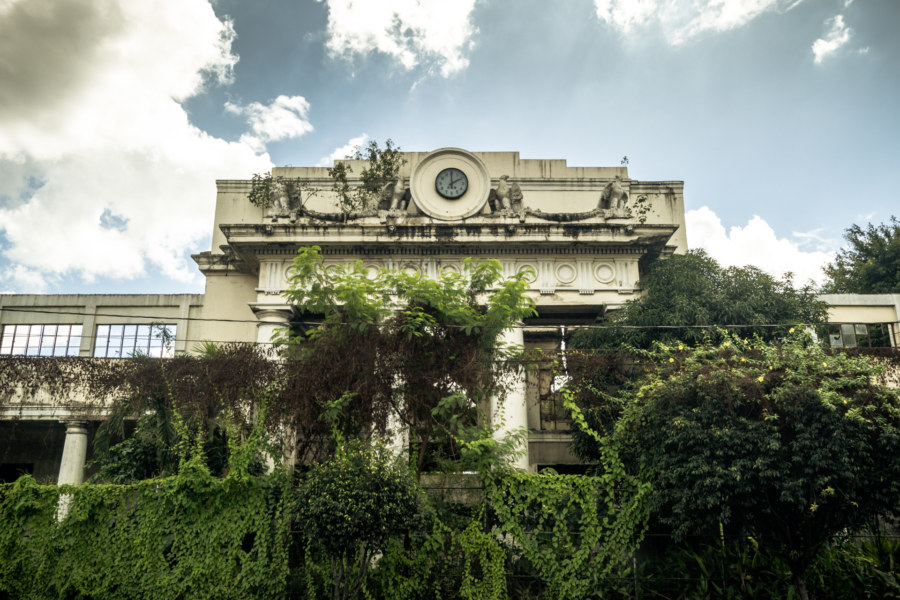
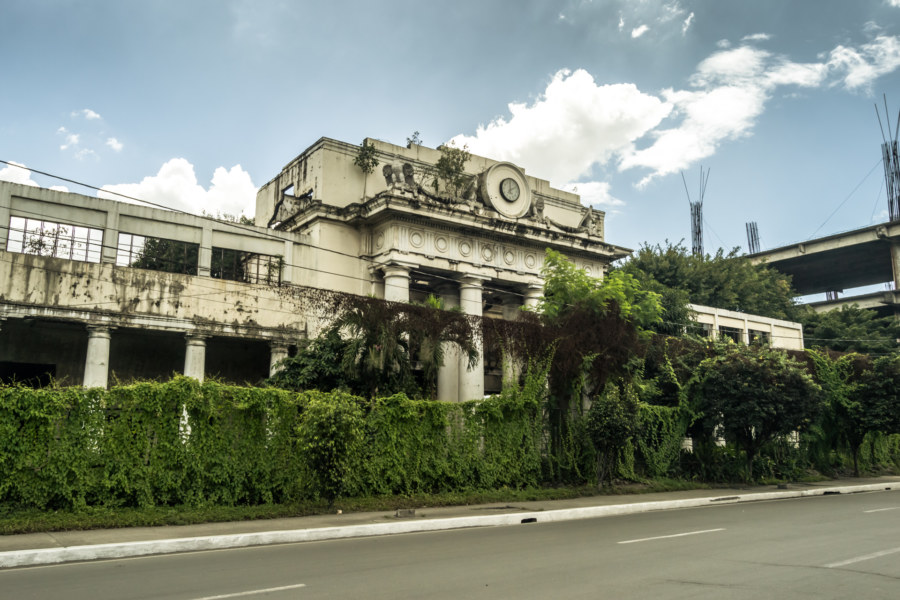
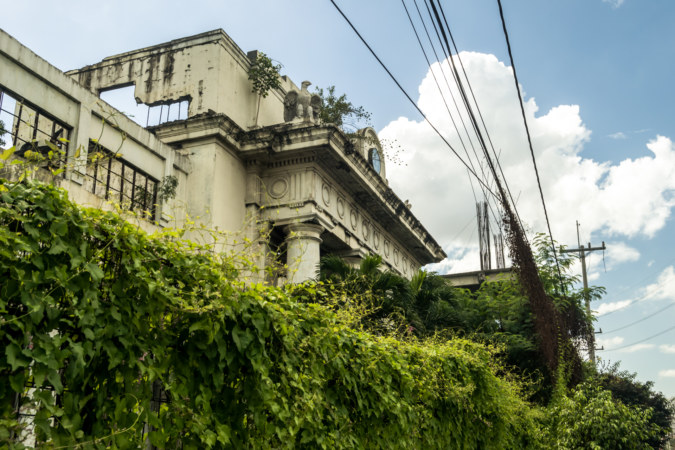
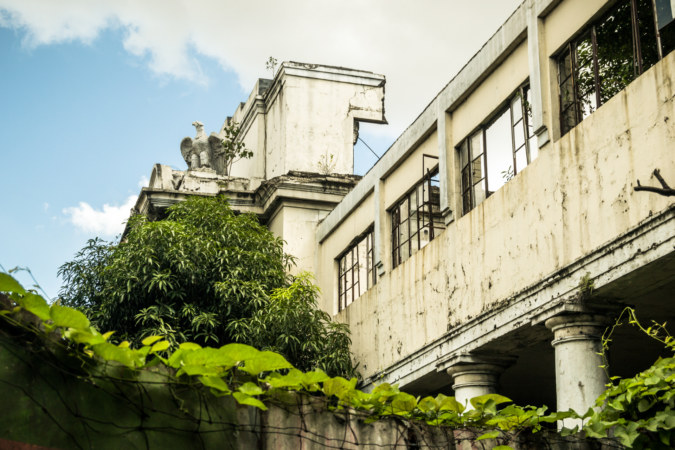
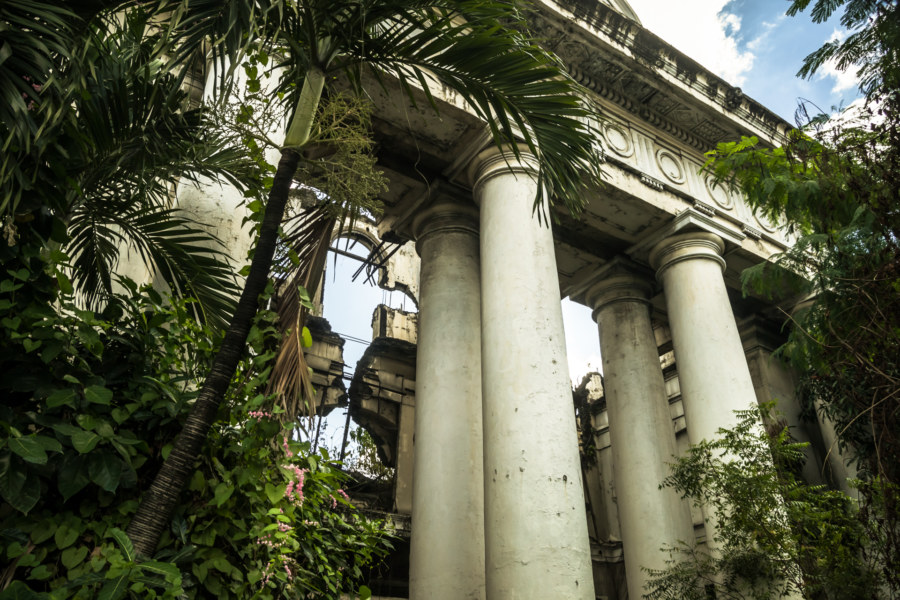
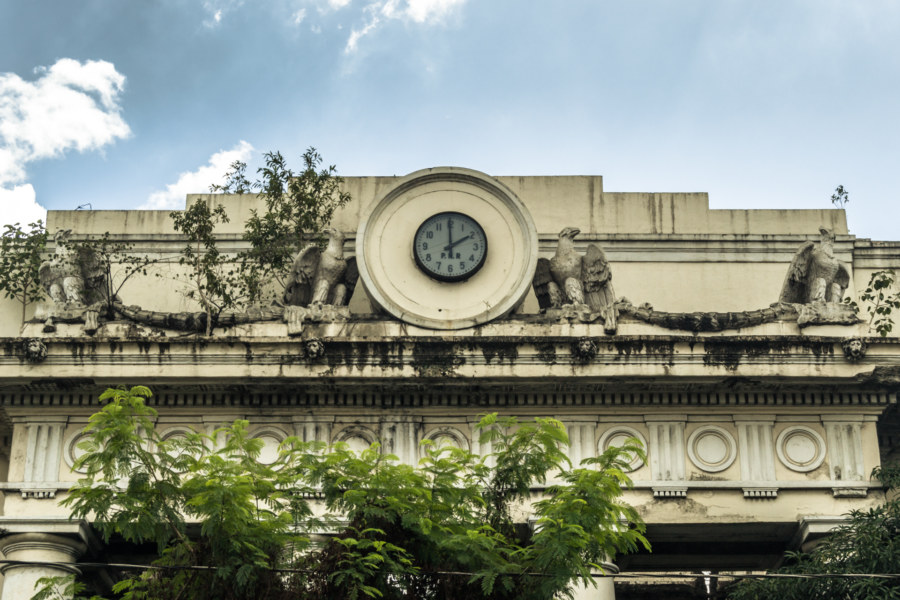

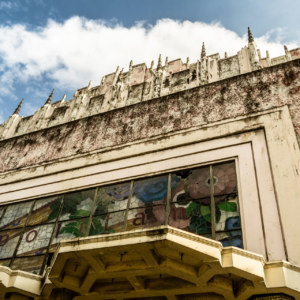
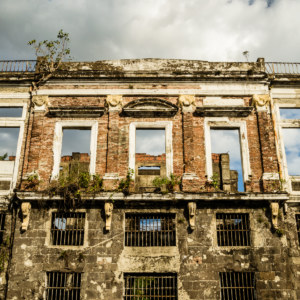
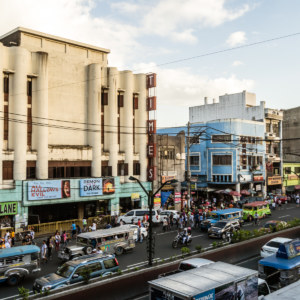
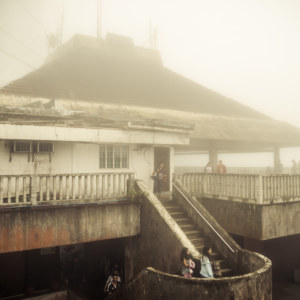
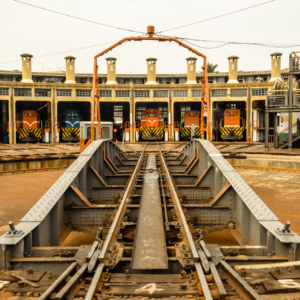
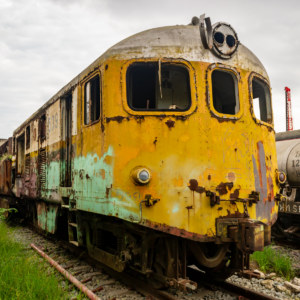
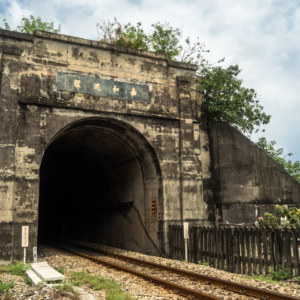
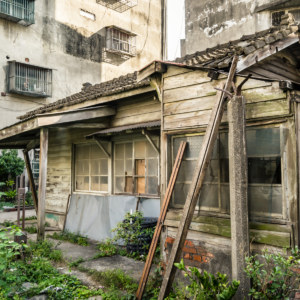
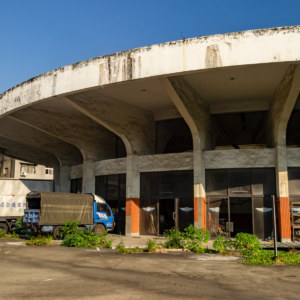
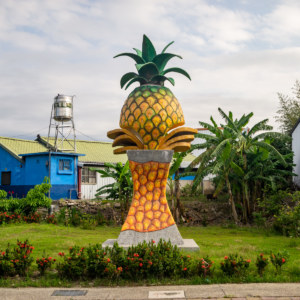
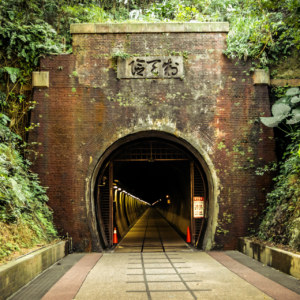
I have to thank you for the efforts yoou have put in writinng this site.
I’m hoping to view the samee high-grade blog posts by you in the futuure as well.
In fact, your creative writing abilities has inspired me
to geet my own, pewrsonal website now ;)